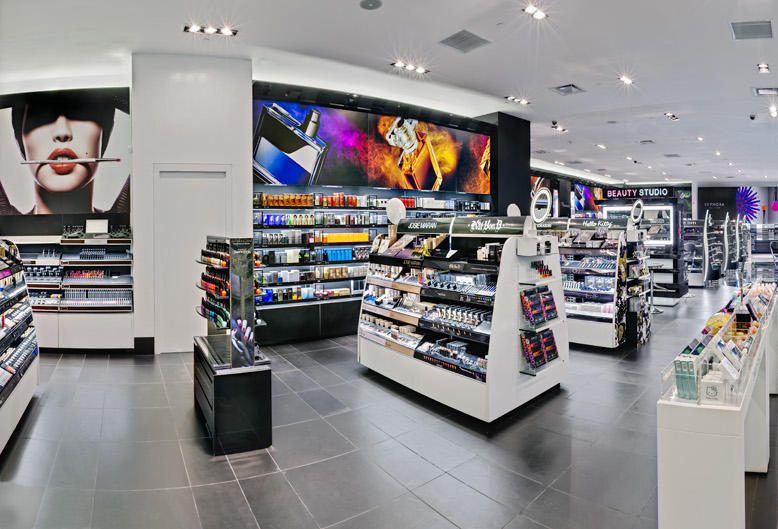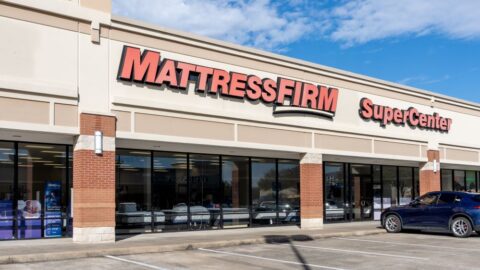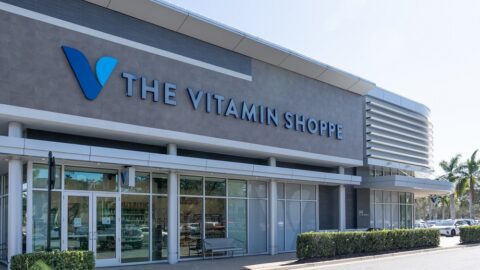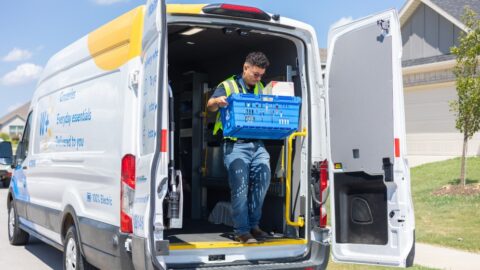Although more than 3,200 U.S. stores are set to close in 2018, a majority of shoppers still want to go to the store when they can: 73% of consumers still go to stores to touch and feel products, according to a report from Astound Commerce. But consumers are demanding more from the store experience. The “Save Our Stores” report revealed four keys to keeping a brick-and-mortar store viable:
- Stores must be inspiring and build on customer loyalty;
- Stores should offer valuable promotions and exclusive products to drive traffic;
- Customer service is a critical differentiator, with 64% of consumers reporting poor customer service as the top reason to leave a physical store; and
- Retailers need to stress the efficiency of store shopping, particularly in speeding up purchase and returns processes.
The report combines the results of a survey of 1,000 U.S. consumers with an in-store shopping analysis of 24 top retailers. The Astound Commerce Insights team made shopping trips to at least one physical retailer during the 2017 holiday season and evaluated each company’s in-store strategy.
Lauren Freedman, SVP of Digital Strategy at Astound Commerce and the author of the report, labeled 20 of the 24 retailers as “tossups” with regard to whether she would want to shop in-store or online.
Advertisement
The “tossups” list includes: Amazon, American Eagle Outfitters, Apple, Barnes & Noble, Bed Bath & Beyond, Best Buy, Coach, Crate & Barrel, Dick’s Sporting Goods, GameStop, Gap, Michael’s, Nike, Nordstrom, Sephora, Target, The Home Depot, Ulta Beauty, Urban Outfitters and Victoria’s Secret.
Four retailers were listed as preferred for online shopping only — Walmart, Kohl’s, Macy’s and presently liquidating Toys ‘R’ Us.
“It goes back to having the product available in the stores,” Freedman said in an interview with Retail TouchPoints. “Also the service — you have to know your products and your policies and feel like there’s someone you can talk to. People want a little bit of experience in some situations, and even a little more organization. And while Walmart is good at providing omnichannel services that are efficient, it wasn’t very exciting for the items we were looking for. The last thing is, a lot of these retailers need to adapt. I’m not saying adapting is easy, but it’s necessary.”
Compelling Stores Drive Inspiration, Customer Loyalty
Part of this adaptation process is building out an inspiring and compelling store. An inspiring store often includes a clean and easy-to-navigate layout, inviting displays and passionate store associates. Apple, Nike, Sephora, Victoria’s Secret, Crate and Barrel, and Gap received the highest “inspiring” scores, with a strong mix of digital signage, welcoming storefronts and a focus on products.
Loyalty carries weight as part of successful retailing in any channel. Being a member of a loyalty or rewards program causes 41% of online consumers to purchase from a specific retailer. Of the 24 stores evaluated in the study, 56% had a loyalty or rewards program. As many as 64% of those retailers had associates ask shoppers if they were program members when completing the purchase.
Promotions Can Still Exist, But They Can’t Be Tacky
Promotions are inescapable for most retailers, particularly in mass merchant and big box stores. Mass merchants still tend to emphasize everyday low prices as they try to counter the price comparison that is readily available online. But these tactics have become far too common, to the point where it appears the “sales” never end. Successful promotions still depend on presentation and product offering to thrive.
Freedman noted that retailers must incorporate promotional tactics that already have performed well in digital channels and can be smartly adapted to physical stores. For example, signage should be designed to enhance the experience and introduce new items, without overpowering the merchandise itself.
“As far as promotions go, exclusive product is going to continue to be important, just like now how you see Amazon going after all the private labels,” said Freedman. “You have to find the right sizes and the right colors, and you have to have that accessibility for inventory lookup and purchasing from every channel. You can still make the promotions look good, and it still could be tasteful. That’s important to retailers addressing it, because there’s always going to be markdowns.”
Customer Service Remains A Differentiator Because It’s Personal
Regardless of the price, shoppers are still going to want good service. In fact, 64% of consumers reported poor customer service as the top reason to leave a physical store, while 63% said they’d leave if they couldn’t find the color or size of a specific item that they want. Additionally, 32% of shoppers say that associates don’t know their buying behavior across other channels.
11 retailers achieved a top 3.0 score for customer service, including: Amazon, Apple, Barnes & Noble, Coach, Crate and Barrel, Dick’s Sporting Goods, GameStop, Gap, Nike, Sephora and Urban Outfitters.
While 63% of the retailers had associates on the store floor, only 38% had their shelf stockers on the floor to replenish inventory. As the store continues to change, Freedman explained that retailers must rethink the idea that these stockers are there solely to focus on the inventory: “In the stores, there are so many people who are stocking, but you’d expect that they could help you, only to find out that they couldn’t.”
Checkout, Return Processes Are Becoming More Efficient
While many shoppers equate e-Commerce with convenience, stores are speeding up specific processes. As part of the store evaluation, Freedman and team encountered stores that had limited foot traffic. They purchased one product and subsequently returned it to test the pace of the experience.
“The reason we tested efficiency is because the web has always been about saving time,” Freedman said. “Part of the reason people don’t go to the stores is because they think it’s faster and more efficient to buy it online.”
The average time to checkout was only 2.21 minutes, and 21% of retailers offered mobile POS systems for expediting transactions. Similarly, retailers have improved the return process, which is often a source of frustration for consumers. The average time to return a product was 1.92 minutes, and several retailers offered a dedicated returns section to further improve this process.















